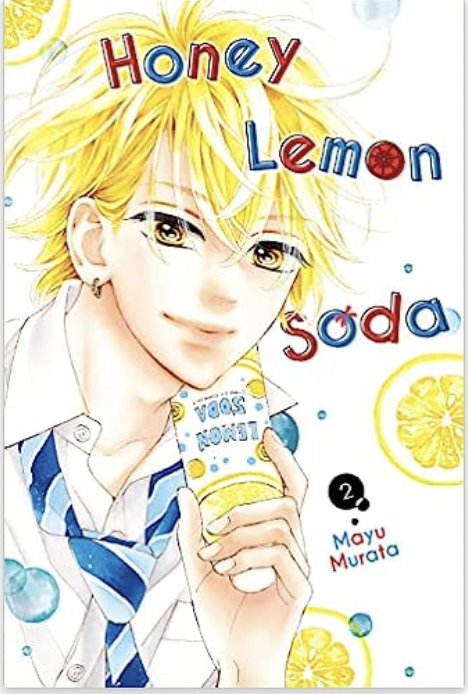Honey Lemon Soda Volume 2 by Mayu Murata
Shy girl in love with popular boy is a fairly common subgenre of shoujo manga, but with the second volume, I do think that Honey Lemon Soda is pulling it off better than most manga. Uka is still adjusting to her new school, and fighting through her instinctual reactions to situations and other kids that she developed when she was horribly bullied during middle school. Fortunately in her new environment she keeps being pleasantly surprised by her classmates, who are generally very kind. When she shows up in full hiking gear to a trip that everyone else knew was a low key walk in the woods, her classmates are perplexed, but not cruel. Kai, the object of her affections, finds her gaffe sort of adorable because Uka is showing up for events with everything she’s got.
Uka ends up being a defacto leader of the group when they accidentally go off trail, and her giant hiking backpack has enough snacks to take care of everyone. She slowly starts trusting her classmates more, but she also starts getting a sense of Kai’s popularity. Murata’s art continues to be stylish and a little quirky. I especially liked the way she portrayed Uka and Kai’s smiles and attitudes towards each other as documented in other students’ photos of the hiking trip, it gave a little preview to how their relationship might eventually develop.






Recent Comments